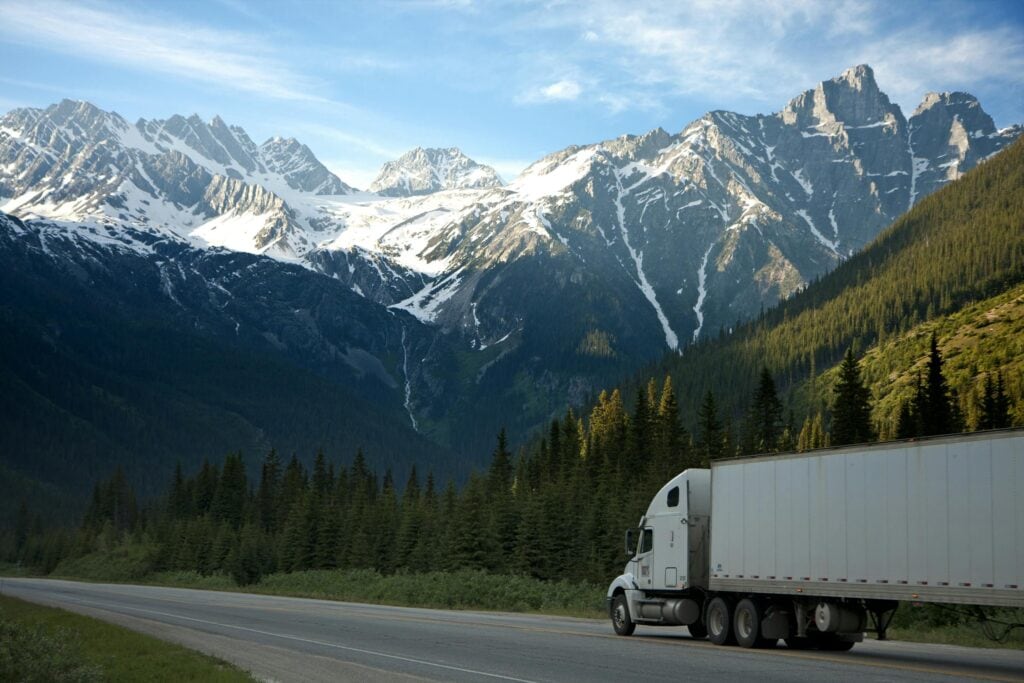Solving the Emissions Challenge

Companies need to gain a 360-degree view of their operations – including their Scope 3 impacts. When tackling emissions oversight, decision-makers must have tools in place that can help them capture, aggregate, and synthesize data in real-time to make any necessary tweaks to remain compliant.
With the ongoing battle to mitigate climate change becoming a central focus for organizations throughout the business world, leaders are hard at work combing over each vertical of their businesses in an attempt to reduce their emissions footprint. This is particularly true when it comes to logistics and transportation emissions.
Accounting for as much as 11% of greenhouse gas (GHG) emissions – when factoring in distribution centers – logistics and transportation are among the most visible contributors to organizational emissions. As networks continue to become more expansive and diversified in the wake of the pandemic, logistics and transportation operations will continue to serve as a primary focal area for business leaders as they look to “do the right thing” in the face of mounting climate-related pressure from customers, stakeholders, and regulators.
Because of the widespread and interconnected nature of the logistics and transportation industries, businesses in these spaces face heightened pressure to monitor and report on emissions. However, while the SEC may have recently voted to give businesses a reprieve on reporting Scope 3 – something only 38% of businesses are currently doing – as regulators worldwide press forward with more stringent reporting standards, logistics and transportation stakeholders are being faced with a clear choice: boost emissions management or face regulatory discomfort down the road.
With that in mind, here are several key considerations that logistics and transportation leaders should keep in mind to help drive decarbonization progress forward.
Focus on Routing and Capacity
Nearly two-thirds of logistics and transportation emissions come from road-based freight. Identifying more efficient routing options is essential. However, finding routing success goes beyond simply deploying a GPS to find the shortest distance between two points. Instead, optimizing routing requires a multi-faceted approach that takes into consideration elements such as shipping distances, warehouse location, and capacity among other things.
For example, though ocean shipping routes often span thousands of miles, because of the large amount of freight that is carried by ocean freighters per load, its emissions are often significantly less than road-based freight over the same distance. Ensuring that distribution centers are strategically placed to ensure that truckers can pick-up and drop-off full loads at each point will help to cut down on “empty miles” that are commonplace today in road freighting and drive-up emissions.
Proper Distribution Center Planning
One of the biggest oversights in logistics and transportation decarbonization planning is the impacts of distribution centers. Distribution centers are the organizational hubs that make today’s logistics engines tick, and with that comes a significant emissions footprint. Yet, organizations routinely gloss over distribution center emissions when planning new developments.
What type of energy is powering a grid in a proposed location? Will our materials handling equipment be powered by propane or electricity? How will we handle waste from the facility? These are just a handful of the hundreds of questions logistics and transportation stakeholders need to have an answer to if they are going to build distribution centers that stand up to incoming climate legislation in the short- and long-term.
Data Management
The logistics and transportation sectors are notoriously slow-moving when it comes to technology adoption, often opting to stay with what “just works” instead of embracing newer tools. Unfortunately, because of the granular data demands of today’s emissions legislation, many of these legacy tools have gone from simply being outdated to being completely obsolete.
Today’s reporting demands mean that logistics and transportation organizations need to have a 360-degree view of their operations – including in many jurisdictions their Scope 3 impacts. When tackling emissions oversight, decision-makers must have tools in place that can help them capture, aggregate, and synthesize data in real-time to make any necessary tweaks to remain compliant.
In closing, clamping down on logistics and transportation emissions can feel like an overwhelming task for decision-makers and their teams. However, by keeping these few key factors in mind, stakeholders can lay the foundations for emissions revolutions that will enable them to tackle both today’s climate challenges as well as tomorrow’s.

